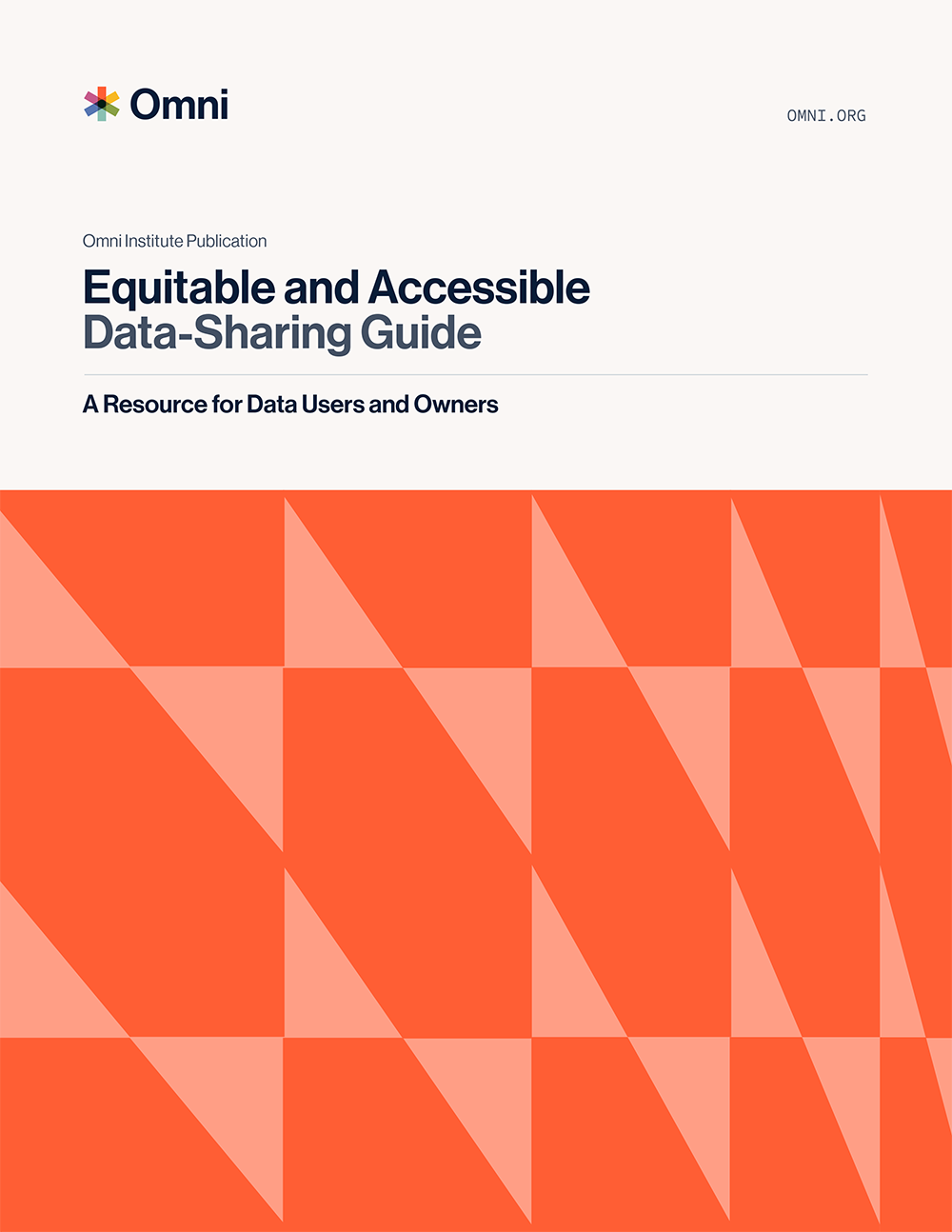Equitable and Accessible Data-Sharing Guide

This guide offers a hands-on approach to improving how data is shared and understood, especially within public and behavioral health contexts. It’s designed for both data users (those who interpret and present information) and data owners (those who manage, collect, and store it). By breaking down technical concepts and embedding equity and accessibility into every stage of data dissemination, the resource helps ensure that information reaches and resonates with diverse communities.
Equity is not treated as an add-on but as a core principle. The guide walks through how to avoid harmful reporting, reduce barriers to access, and visualize data in ways that are inclusive and impactful. It encourages practitioners to tailor their dissemination strategies based on their goals and audience—whether that’s building support for a policy, engaging the public, or informing local services. Special attention is paid to reducing harm for communities that are often over-surveyed and under-informed.
Key takeaways include:
- Clear explanations of qualitative, quantitative, and mixed-methods data types
- Tips for contextualizing trends and making meaning from data
- Strategies to reduce risk and avoid unintended harm when reporting
- A checklist for data owners to ensure ethical and responsible practices
- Considerations for involving communities throughout the data process
This guide is for anyone working with data who wants to do so in a way that is effective, ethical, and responsive to community context.
Get our latest findings delivered to your inbox.
Get our latest findings delivered to your inbox.
Get updates on our research findings, projects, and the latest in evidence-based news to improve lives, build better systems, and drive social change.



